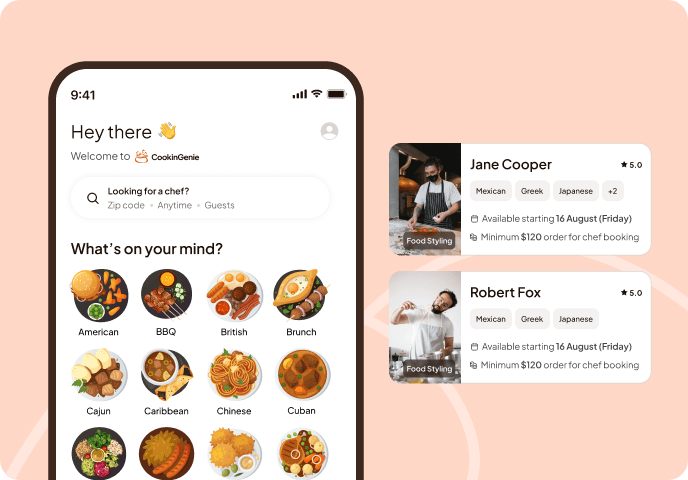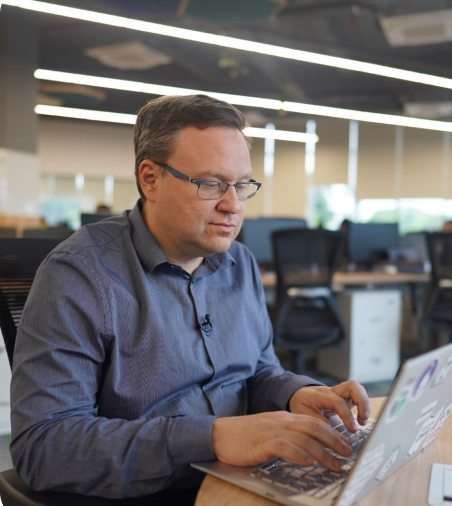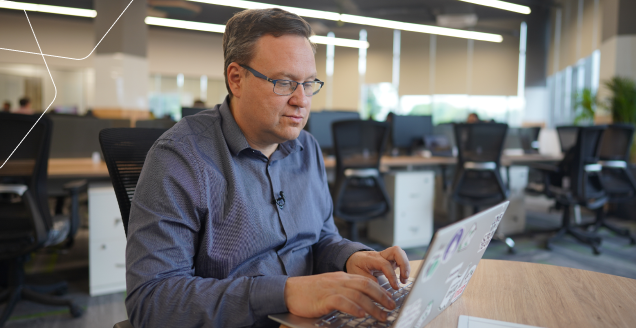Home Healthcare
Assessment Solution
Product Development
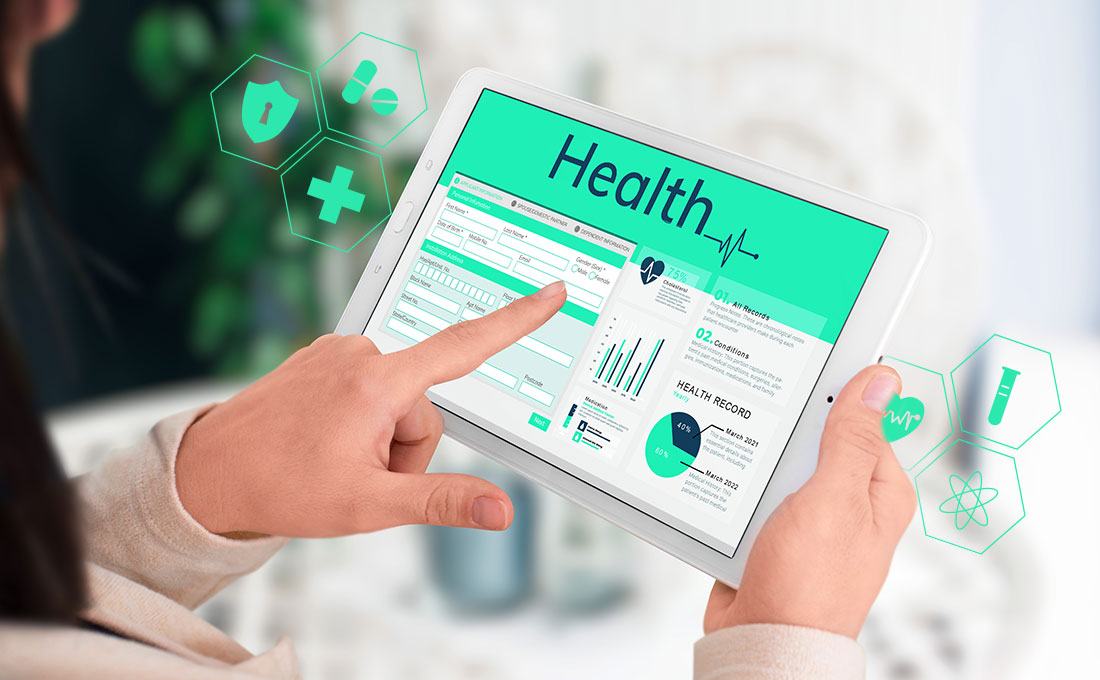
The Challenge
Our client provides healthcare treatment and risk assessments in their patients’ New York City homes. Previously, they used a manual, paper-based system to document the care provided. The documentation had to be printed before the visit, filled out by hand, and scanned into the system.
The client sought a custom software solution that eliminated the paper and allowed them to securely share patient data with health insurers and other authorized parties. They wanted to automate and streamline the process of conducting a healthcare encounter.
They also needed the solution to identify the individual doctor or caregiver geographically closest to the patient when the appointment is scheduled. Because they travel to patients’ homes, caregivers needed a way to arrange transport to the patient.
Additionally, the solution needed to provide the capability for telehealth visits, allowing caregivers to conduct remote visits with patients via video calls.
Finally, the client had two distinct lines of business, each with its own software needs. One needed a tablet-based app for conducting Health Risk Assessments (HRAs), while the other required a remote Patient Monitoring System (PMS).
The Design
Our team designed a HIPAA-compliant solution with three main applications: a scheduling app, the HRA app, and the PMS app.
The solution also included a mobile app for providers to use in the field. This app’s core functionality was for performing assessments and gathering patient data. However, we also built a feature into the app for the provider to arrange transportation to and from the patient’s home.
A secure database stores the patient data collected by the app. We built a web portal to provide the authorized parties (non-client providers, insurance companies, and so on) with an easy way to access the data on a patient.
The solution’s tech stack includes Angular, .Net Core, and SQL Server. Hangfire performs background processing in the .Net Core application. The PMS app uses a microservices architecture.
The Solution
The complete solution helped the client schedule and facilitate in-home visits with patients who have difficulty accessing primary care.
The process begins with the scheduling application. Either a legacy system or the PMS uploads patient data into the scheduler. A background application checks for patient eligibility daily and updates the scheduler’s database.
Call center agents then contact each patient to schedule a home visit from a provider. Providers are assigned to specific geographic regions and matched with patients in those regions.
The scheduler tracks providers’ working hours and other business rules, such as languages spoken, medical specialties, and so on. The call center agent can use this information to match providers with patients and book appointments.
Upon booking an appointment, the system sends a notification to the patient’s phone. It also sends daily reminders to providers about the appointments they have the next day.
The PMS is used to reach out to patients that need ongoing monitoring due to chronic health conditions, comorbidities, or other health challenges. The system tracks all data related to the patient, enabling the client to assemble a care team around high-risk patients.
Providers can use the PMS to provide an initial assessment of the patient in their home and capture all relevant risk factors that impact the patient’s long-term health. They can then create a comprehensive care plan in collaboration with the patient.
The PMS allows providers to monitor the patient’s condition remotely or directly with in-person follow-up visits from the care team. Providers can conduct medication reconciliation and update the patient’s prescriptions.
The HIPAA-compliant telehealth application works seamlessly within the PMS to enable care managers and clinicians to remotely and efficiently communicate with patients in their homes. It has been beneficial for improving access to care for the chronically ill population that is most at risk from COVID-19.
Forming the backbone of the solution, however, is the patient survey functionality of the HRA app. Providers use the app during home visits to comprehensively review patients’ clinical, social, and environmental conditions.
These in-home HRAs allow the patient’s care team to obtain unique data that cannot be captured in an office visit. With the HRA app, care teams capture, analyze, and calibrate each patient’s risk profile using a proprietary scoring system developed by the client.
The HRA app helps identify at-risk patients who require additional services to stabilize and improve their current condition. Their score helps prioritize treatment for patients that require immediate intervention.
The app provides real-time, HIPAA-compliant access to the client’s web portal. Authorized parties can use the portal to review patient profiles and see the information captured during the in-home visit. The system also generates reports tailored to the patient and primary care physician, and a “red-flag report” that enables a clinician to assess a patient’s risk factors.
The client can now more easily screen tens of thousands of patients per month with the Taazaa-built solution. It has helped raise the quality of care for high-risk patients and streamlined the claim submission process between the client and insurers.
Design System
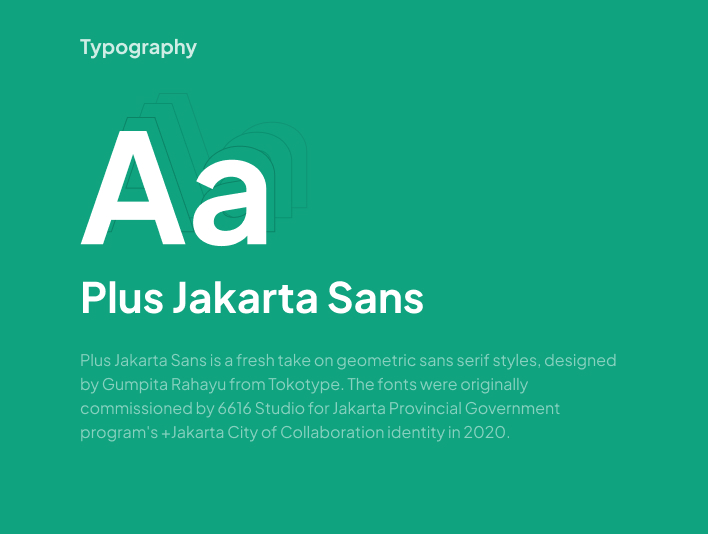
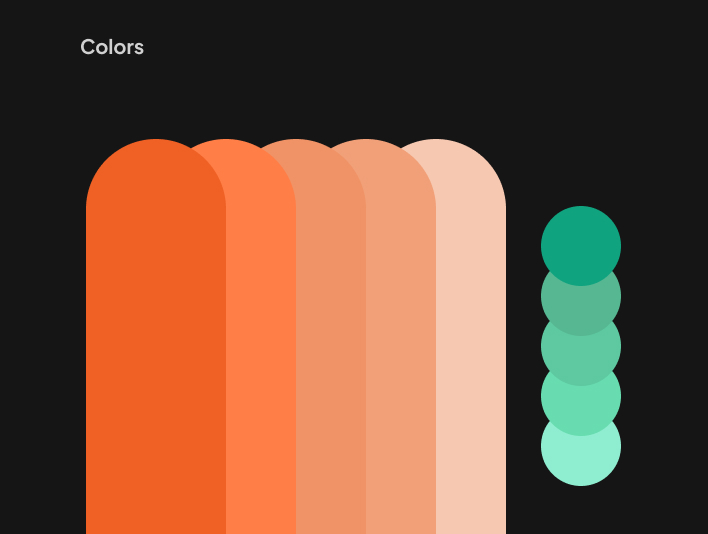
More Success Stories
Product Development, Digital Marketing

